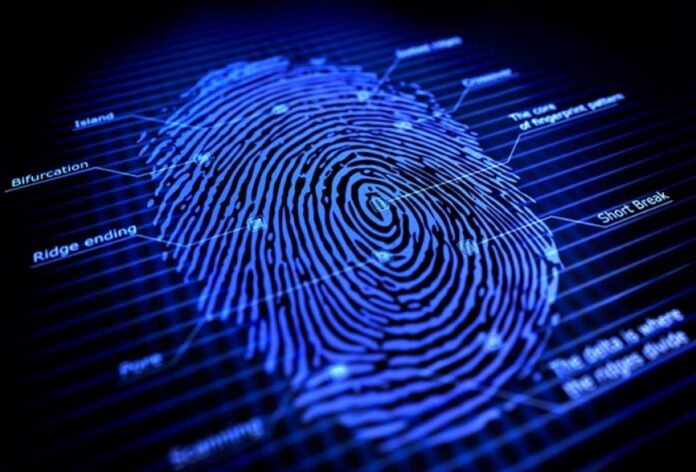Patterns of Veins in a Fingerprint
A promising new biometric technique called finger vein recognition may eventually take the place of fingerprint biometrics. It is a far more secure and safe method of verification. It stays away from the institutional bias that fingerprint biometrics may produce. In addition, it allows for more diverse, secure digital verification systems. Finger vein patterns are not easily altered or forged. In addition, they are non-permanent and do not change over time.
The technology works by taking images of veins underneath the skin. A monochrome CCD camera and near-infrared LED light are used. Near-infrared light is absorbed by hemoglobin in the blood, making veins appear as dark lines to a camera. This image is then processed and stored in a database.
Levels of Biometric Authentication
Biometrics, such as fingerprint identity verification, are unique and secure ways of verifying your identity. They work by comparing your biometric traits to others in a centralized database or linked databases. This helps ensure your identity’s accuracy and that no one can duplicate your biometrics.
There are three levels of biometric authentication, each of which requires a different biometric method. The first level requires authentication through a secure device with a trusted biometric component. The next level, out-of-band authentication, combines two signals sent by different networks. This is commonly used in SMS verification, sending a verification text to a cell phone.
Biometric authentication is becoming more widely used in the security industry. It can be used for many purposes, from making payments to preventing identity theft. It’s instrumental in the banking industry, where it can provide more robust authentication.
Accuracy of Biometric Identification
The accuracy of biometric identification depends on the process used to collect biometric data. The process involves capturing an individual’s biometric features and comparing them to a database. While the results of this process are usually accurate, some errors can occur. The following are some common biometric errors that can cause the final recognition to be inaccurate:
The accuracy of biometric identification is critical to national security and healthcare. A West Virginia University engineer is improving the process, and the results could have enormous implications for healthcare, law enforcement, and national security. The research will help scientists improve software algorithms that can perform whole-body biometric identification at a distance of 300 meters.
Tricks to Fool Scanners
There are several ways to trick fingerprint scanners. One of the most common techniques involves getting someone else’s fingerprints and recreating them. This technique is much more common when people are trying to gain access to a government building or device. While it is a viable option, it could be more foolproof.
One of the first tricks to fool fingerprint scanners is to flip your finger 180 degrees in front of the scanner. This will fool the sensor into thinking that the fingerprint is the same as the one that unlocks the device. However, this technique doesn’t work on traditional document scanners. Using tape on fingerprint scanners can blind them, but it doesn’t fix the problem.
Applicability to Mobile Devices
Mobile devices continue to expand their capabilities, creating new security demands. While most mobile devices use traditional secret knowledge approaches to protect the information, this paper proposes advanced biometric methods, focusing on keystroke analysis. This type of biometric verification will allow mobile phone users to confirm the inputs made with the device.


















